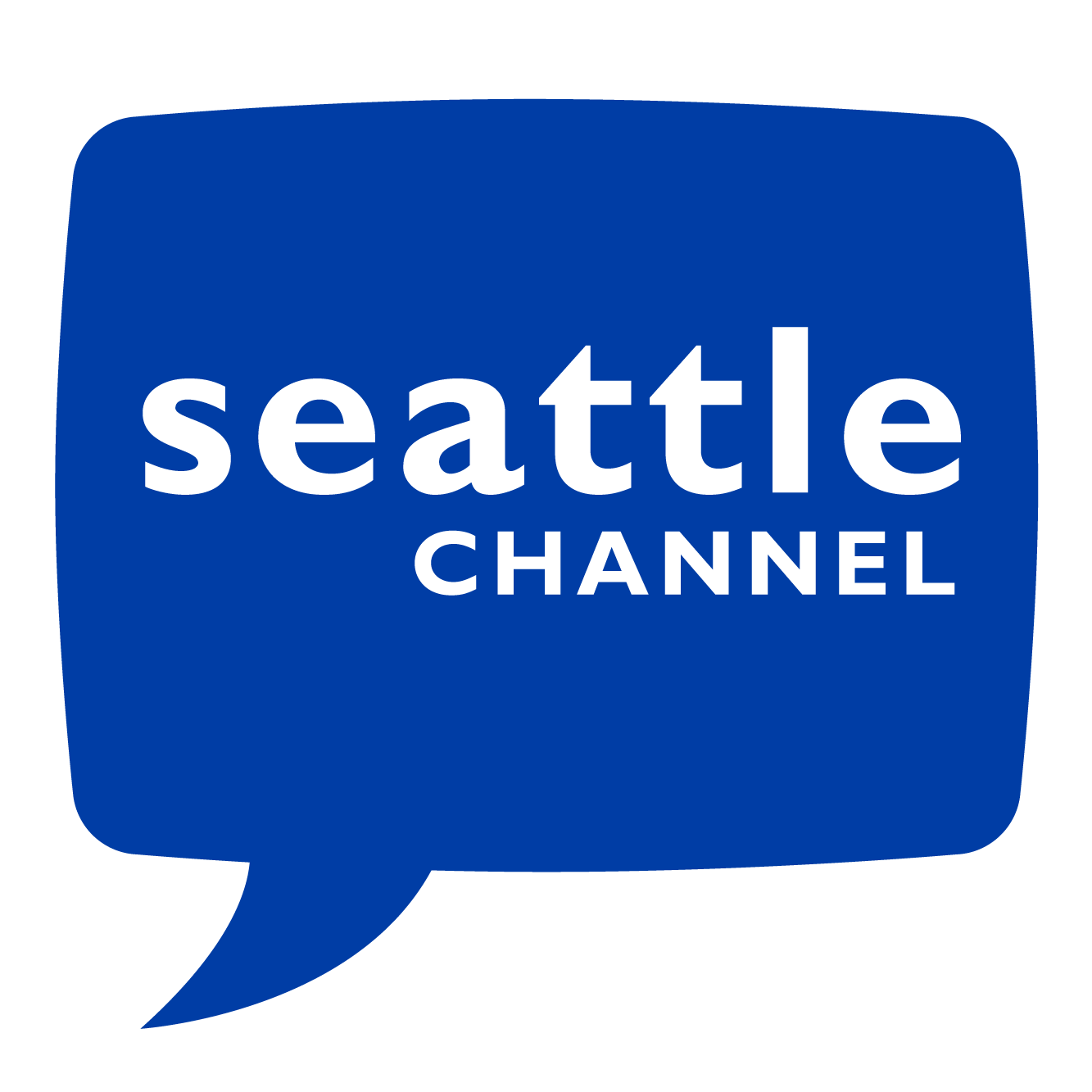 Seattle's urban critters, from top left going clockwise, a moon snail, kelp forest, crow, salmon, moss, and a great blue heron.
Seattle's urban critters, from top left going clockwise, a moon snail, kelp forest, crow, salmon, moss, and a great blue heron. Here in Washington, we live amongst active volcanoes, fortress-like mountain ranges, rainforests, prairies, a glacially-carved fjord estuary, dramatic coasts, and big sky deserts. If we’ve learned anything from our countless nature stories, it’s that we–the people, plants, animals, and fungi of the Pacific Northwest–are all connected.
We gathered a few videos this Earth Day to spark your curiosity about your friendly neighborhood flora and fauna (a little urban safari, if you will). Local folks study, support, and interact with these city species in ways that might surprise you. Ready to join them?
Hermits of West Seattle
Considering how big moon snails are, it’s surprising we don’t see them more often. Urban naturalist Kelly Brenner shows us how to identify the signs of the somehow-sneaky-despite-being-hand-sized moon snail, and miraculously spots one for us with her expert eye. It boggles the mind to think we live so close to these prehistoric-looking gastropods, and quite frankly, it’s an honor.
Dinos of Ballard
Meet the dinosaurs of Seattle, the colony in the clouds, the beaked and clawed and absolutely unbothered great blue herons (and the humans who study them). We’re usually talking salmon at the Ballard Locks, but come spring, it’s bird time, baby. The growing group of herons live in the trees near the locks and don’t seem deterred by all our jogging, dog walking, paddling and chattering. On the contrary, we should be seeing new chicks in those nests in the next month! Time to keep an eye on the sky.
Athletes of Carkeek Park
Okay, now we actually are talking about salmon–but not at the locks. Wait till fall and you’ll get a chance to cheer them on as they leap through Piper’s Creek in Carkeek Park. They make their way to freshwater spawning grounds from the Puget Sound each November, surprising hikers as they go. Scientists and community groups began trying to reintroduce salmon in the ‘70s after human interference took population numbers way down. Learn more about what we can do–as their relatively new neighbors–to support their return.
Forests in the sound
Kelp provides food and shelter to countless marine species and serves as an indicator for the overall habitat health of the Puget Sound. The sound’s kelp populations have dropped dramatically in the last 50 years, endangering those who rely on it. Experts aren’t totally sure why, but they are trying to help the keystone species make a comeback. They’ve even enlisted the help of Xbox-controller-driven robot ROV Nereo.
Treasure hunters of the sky
Ah, the caw-smopolitan crow, one of Seattle’s most interesting neighbors. Their intelligence, memory, and unique ways of interacting with humans set them apart from other urban animals. Producer David Albright decided to learn how–and why–that is. Poe, eat your heart out.
Carpets of the Pacific Northwest
Moss. The underdog of the forest, nature’s carpet, the décor on your front stoop. It’s also a source of employment for a Bloedel Reserve moss gardener. He spotlights one of the Pacific Northwest’s more than 700 varieties of moss, and another moss lover takes us on a journey “Magic School Bus” style to the complex microscopic world within its fuzzy borders.
Scientists of Seward Park
Sticklebacks are here to teach us about reverse evolution. Actually, Kelly Brenner is doing most of the teaching, but the fish really bring the lesson to life. The Lake Washington three-spined stickleback is one of the first known cases of reverse evolution, or a creature reverting to an ancestral trait. We’ll leave to details up to Brenner. Just know; it says a lot about our unknowing impact on the animals in our region.
Just as the sticklebacks are evidence of reverse evolution, they’re also evidence of reverse-urban wildification. We did just make that term up, but we’re stickleback-ing by it. Human intervention took their habitat from bucolic to toxic and back again, and now there’s a thriving wetland right here in the city. It makes you wonder, what else can we un-do for the better?
We humans have a lot of influence on the environment around us, and we’re using more and more of that influence to live amongst our furred, fanged, scaled, and feathered friends, rather than pushing them out.
